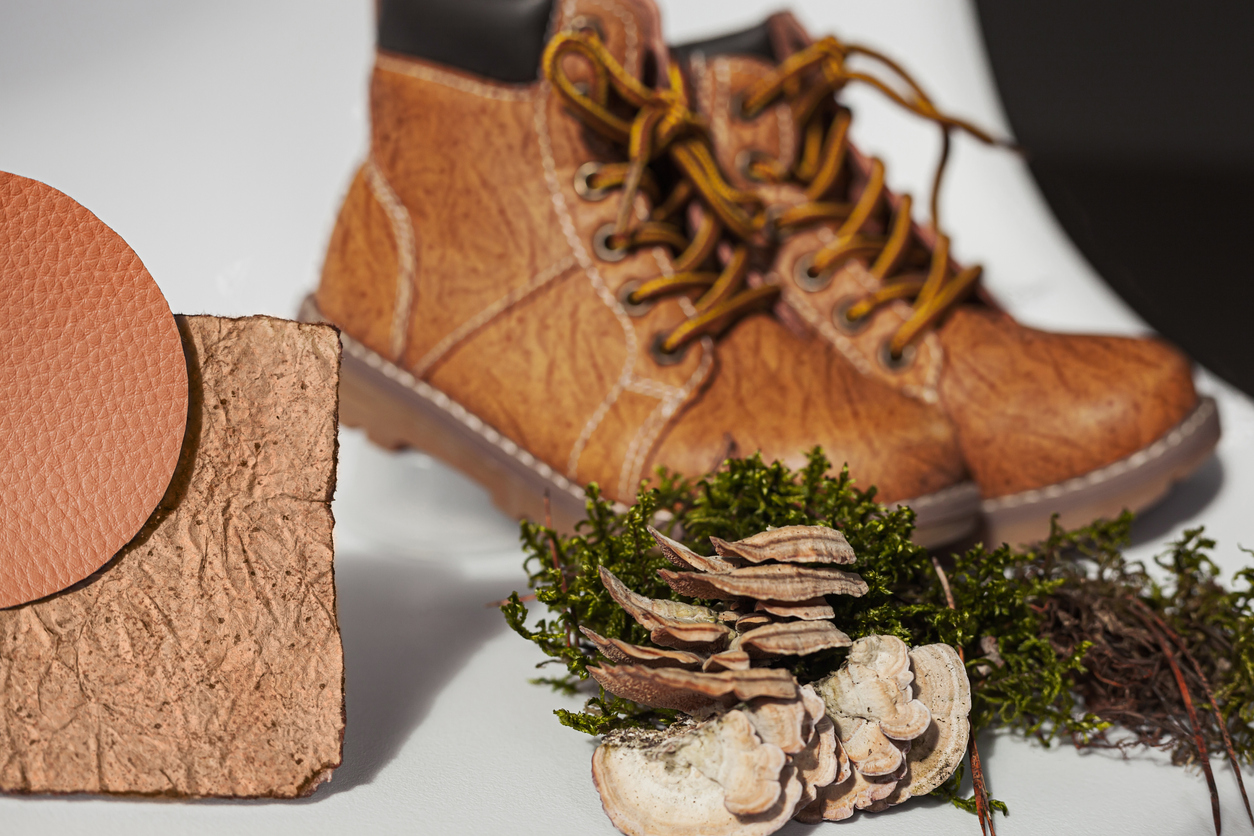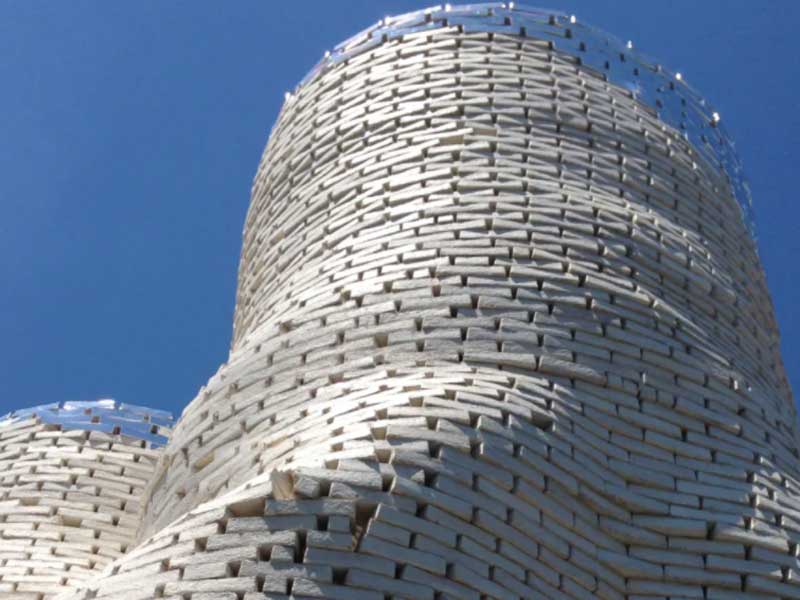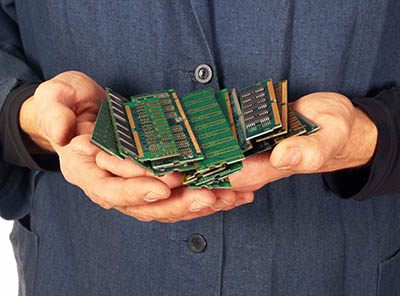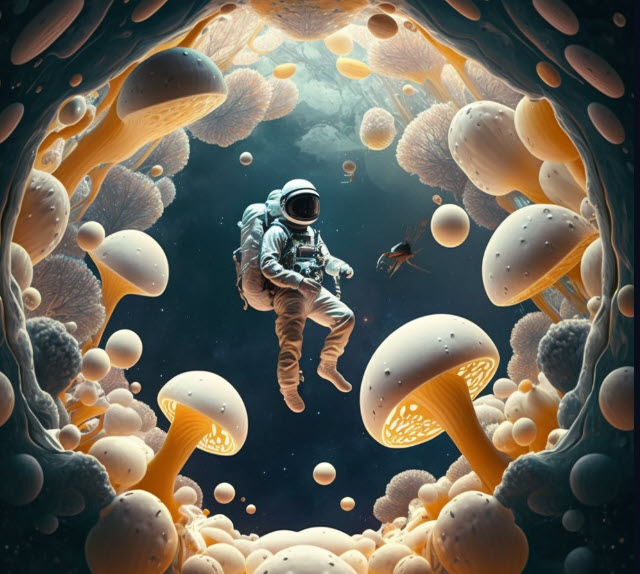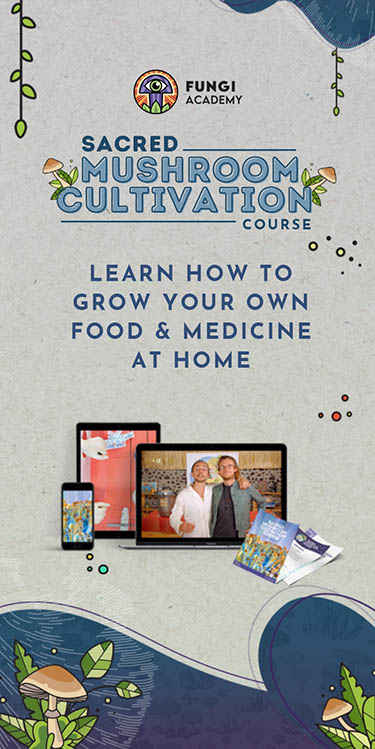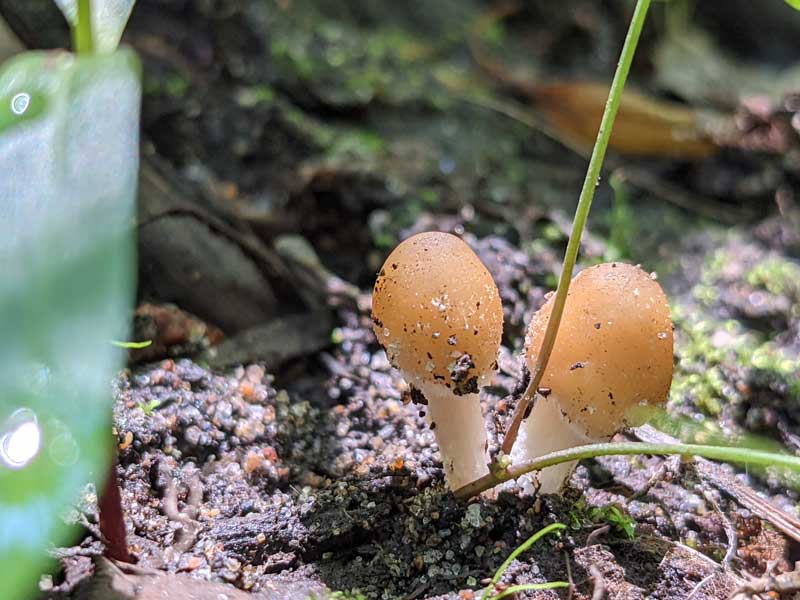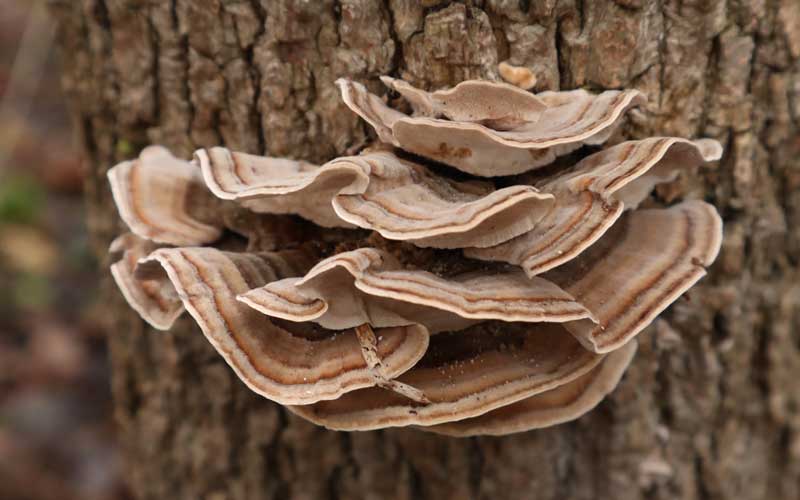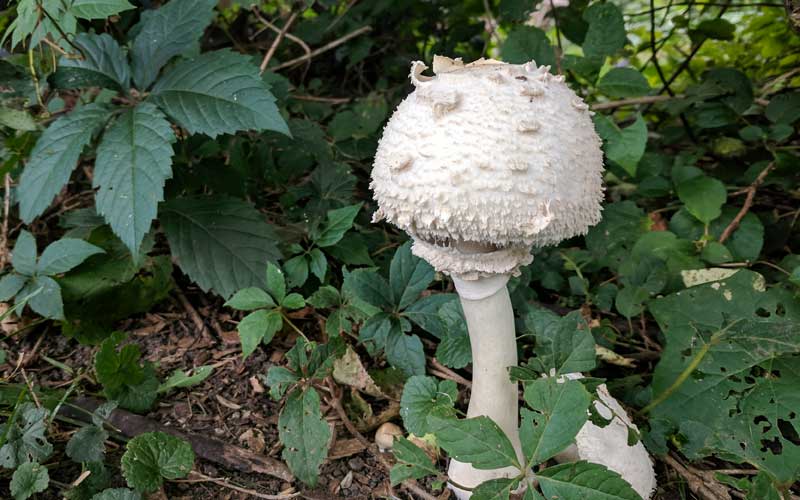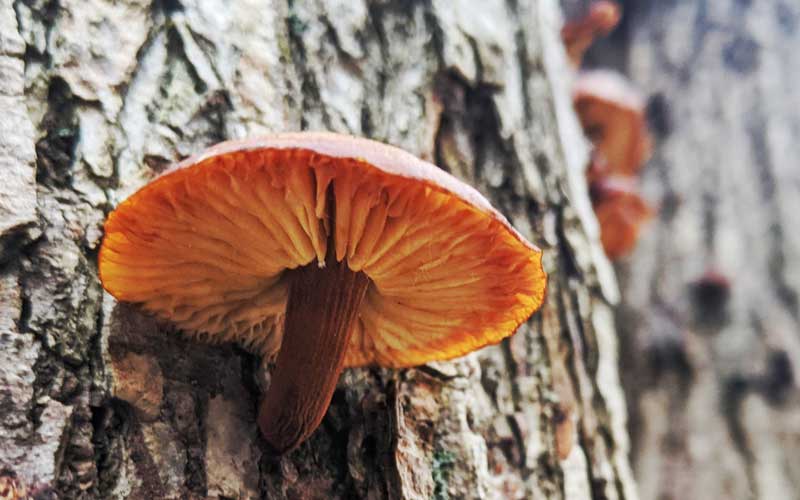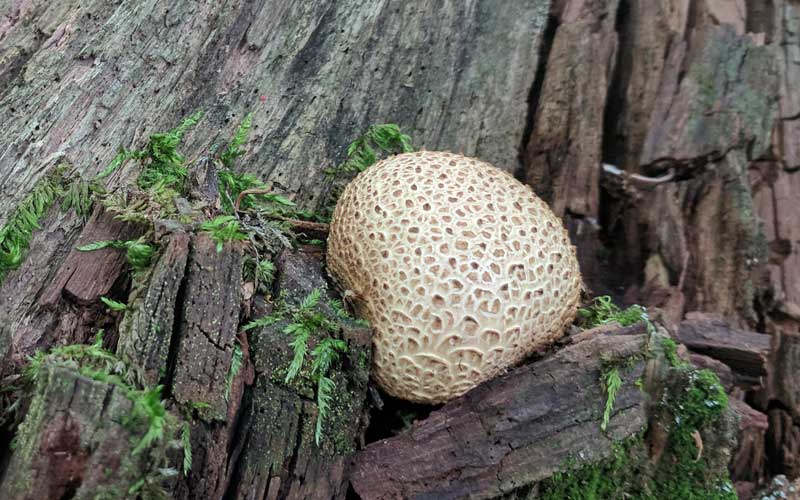- Home
- Mycelium Intro
- Mycelium Materials
10 Ways Mushroom Mycelium is Being Used in Modern Eco-Friendly Materials.
In the quest for sustainable and eco-friendly alternatives, scientists and innovators have turned their attention to the remarkable world of fungi.
Specifically, they’re looking at mushroom mycelium—the intricate network of thread-like structures that make up the vegetative part of fungi—has emerged as a promising source of innovative materials.
Its versatility and sustainable properties have led to the development of a myriad of modern materials, revolutionizing industries and paving the way for a greener future.
Let's explore the diverse applications of mushroom mycelium in modern materials.
1. Mycelium Composites
Mycelium can be combined with agricultural waste, such as corn stalks or hemp fibers, to create biocomposites. These materials have exceptional strength-to-weight ratios and can be molded into various shapes, making them ideal for applications in the automotive, packaging, and construction industries.
For instance, Ecovative Design, a biotech company, produces packaging materials using mycelium composites, providing a sustainable alternative to traditional polystyrene foam.
2. Mycelium Leather
Mycelium can be cultivated into a leather-like material that resembles animal leather in texture and appearance. This biodegradable and cruelty-free mycelium leather has attracted attention from fashion designers and consumers alike.
Brands like MycoWorks and Bolt Threads have been at the forefront of producing mycelium-based leather, offering a sustainable and stylish alternative to conventional leather goods.
3. Mycelium Insulation
The inherent structure of mycelium makes it an excellent insulating material. By growing mycelium on agricultural waste or other natural substrates, it forms a dense and lightweight material that traps air, providing exceptional thermal insulation.
Companies like Ecovative Design and Mycofoam have been developing mycelium-based insulation for construction applications, reducing the carbon footprint of buildings.
4. Mycelium Packaging
Conventional packaging materials, such as styrofoam, have a significant environmental impact due to their non-biodegradable nature. Mycelium-based packaging, on the other hand, is not only biodegradable but also durable and protective.
These packaging materials can be custom-molded to fit specific products, ensuring safe transportation while reducing waste. IKEA and Dell are among the companies exploring the use of mycelium packaging to decrease their environmental footprint.
5. Mycelium Textiles
Mycelium's fibrous network can be processed into a fabric-like material with unique properties. Mycelium textiles are not only biodegradable but also possess breathability and moisture-wicking characteristics, making them ideal for sustainable fashion applications.
Researchers at the University of Vienna have been exploring the potential of mycelium textiles, envisioning a future where eco-conscious consumers embrace biodegradable and compostable clothing.
6. Mycelium Bioplastics
Traditional petroleum-based plastics pose significant environmental challenges due to their non-renewable nature and slow decomposition rate. Mycelium can be engineered to produce bioplastics, offering a greener alternative.
Mycelium bioplastics are renewable, biodegradable, and have a lower environmental impact, making them an attractive option for various single-use plastic products.
7. Mycelium Filaments
Mycelium can be grown into fine filaments, similar to synthetic fibers. These mycelium filaments have shown potential in 3D printing applications, enabling the creation of sustainable and biodegradable objects.
The mycelium filament-based 3D printing has the added advantage of being a low-energy and low-waste production method.
8. Mycelium Adhesives
Mycelium produces a natural adhesive, aptly named mycelium glue. This adhesive is not only strong but also biodegradable and non-toxic. Mycelium glue has been used in woodworking, as well as in the manufacturing of mycelium-based composites, further enhancing their sustainable appeal.
9. Mycelium Biofilters
Mycelium's unique ability to break down pollutants and contaminants has found applications in biofiltration systems. Mycelium-based biofilters can be used to purify water and air in environmental remediation projects, offering an eco-friendly solution to pollution problems.
10. Mycelium Soil Enhancers
Mycelium-based products, such as mycorrhizal fungi inoculants, have been developed to improve soil health and fertility. These products promote nutrient absorption in plants, enhance soil structure, and contribute to soil carbon sequestration, supporting sustainable agriculture practices.
In conclusion...
The versatility and sustainability of mushroom mycelium have unleashed a fungi revolution, transforming industries and challenging conventional materials. From eco-friendly packaging to cruelty-free leather and innovative composites, mushroom mycelium has proven to be a powerhouse of possibilities.
As we embrace these modern materials derived from or created with mushroom mycelium, we take a step closer to a more sustainable and harmonious relationship with nature, recognizing the potential of these enigmatic organisms to shape a greener future.
Related Topics:
7 Different products that are made with mushroom mycelium.
From buildings to vegan leather and beyond, mycelium is proving to be a powerful alternative to traditional materials. Read the full article...
Using Mycelium to Make Electronics More Sustainable
It sounds like an almost impossible marriage, but yes, mycelium and electronics are a hot new item. Read the full article...
Mycelium is the secret ingredient in healthy garden soil.
Mycelium holds everything together in the soil of a healthy garden. Without the mycelium, the health of all your plants and trees will suffer. More here...
Using Fungi to Protect Astronauts from Cosmic Radiation
It seems fungi may hold the key to protecting astronauts from cosmic radiation. Full article...
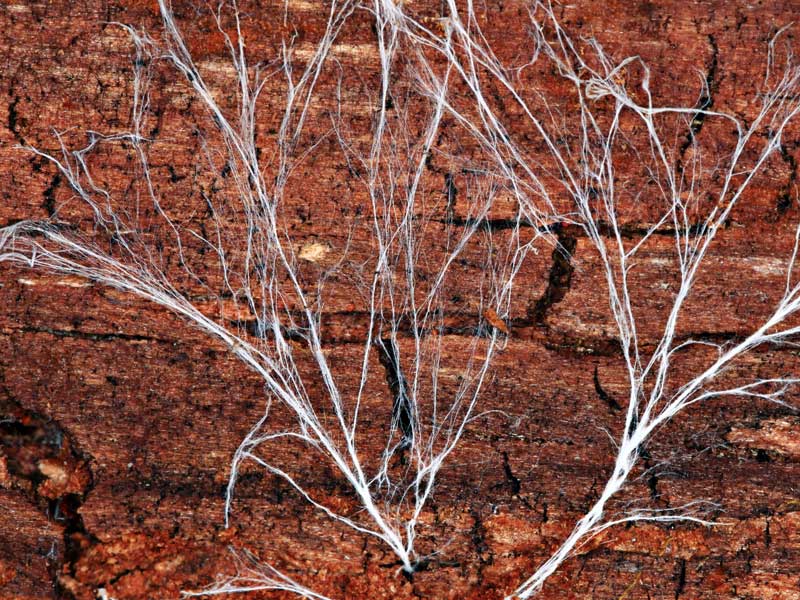
Mycelium… the underground network that connects and supports all life.
Mycelium is the miracle beneath our feet. It’s the root system of the mushrooms we see above ground, and a whole lot more. Read the full article...
